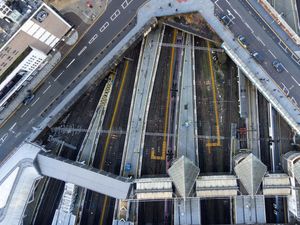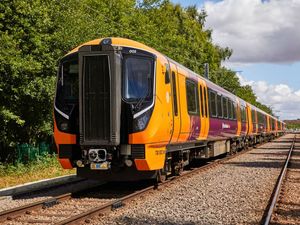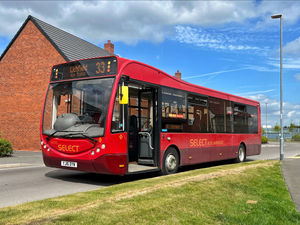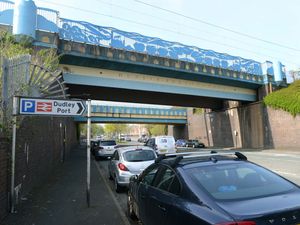Safer city routes welcomed by University of Wolverhampton boss
A university boss has welcomed a £550,000 grant that will see routes to and from the new Springfield campus and the city's Interchange made safer.
Details of the work have been revealed, which include road widening, a new pedestrian crossing, improved lighting and better footpaths.
Wolverhampton University's vice-chancellor has greeted the news with enthusiasm.
Professor Geoff Layer said: "These improvement works are extremely welcome and will make a positive difference to students visiting the Springfield campus from the city centre train and bus stations either on foot or on a bike."
The £100 million former brewery site is currently home to the new West Midlands University Technical College, and is due to be joined by an Elite Centre for Manufacturing and the university’s School of Architecture and Built Environment.
The scheme is part of a wider set of initiatives to improve the quality and provide a joined-up network of walking and cycling routes within the city centre.
And will also enable improvements to the north of the campus towards Cannock Road.
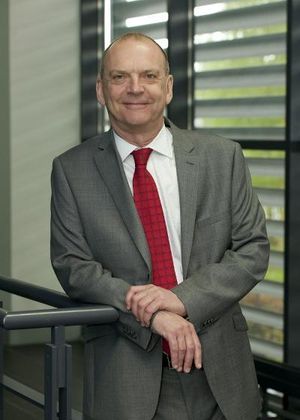
The new works will include improvements to the crossing facilities at the junction of Wednesfield Road and Cullwell Street, and the widening of the footway along Cambridge Street, between Cannock Road and Water Street, to facilitate shared walking and cycling use
The installation of a signalised toucan crossing for both walkers and cyclists on Cannock Road, near its junction with Cambridge Street, is also scheduled. The aim is to improve access to pedestrian and cycle routes to the north, such as the canal towpath.
Improvements are planned to lighting under the railway bridge on Wednesfield Road and other locations along the route, as well as to footway surfacing.
Mr Layer said: "The Springfield campus is a major part of our growth plan, which will generate £250 million of investment over the next 5 years. It will provide a centre of excellence for architecture and the built environment which will be unrivalled in the UK and Europe and provide education for school-age children right the way through to undergraduates, postgraduates and professionals.
"We also see it as key in helping bring investment into the city and the wider region, creating employment opportunities, raising skills levels and aspirations, as well as acting as a catalyst for social and economic regeneration across the area."
Phase one of the connectivity works saw the creation of a dedicated shared-use footway-cycleway in Culwell Street, Grimstone Street and Cambridge Street. Motor traffic has been reduced to one-way travel along Grimstone Street while Cambridge Street between Grimstone Street and Water Street has been closed to traffic, and public space been created.
The reduction of the speed limit to 20 mph and installation of speed reduction measures in Grimstone Street, Cambridge Street and Water Street was implemented in keeping with nearby restrictions.

